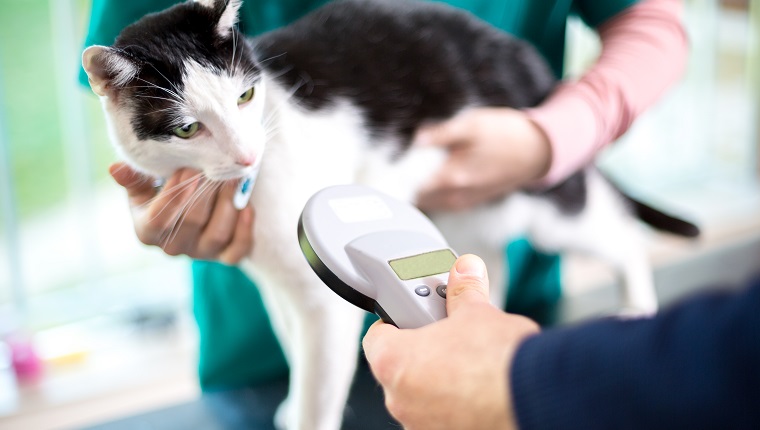May is peak spring time for many of us, but it’s also Chip Your Pet Month.
A lot of cat parents don’t know exactly what a microchip does or why it’s important for pets. Some believe that indoor cats don’t even need a microchip — or any form of identification for that matter.
However, the fact is that microchips make it much more…






